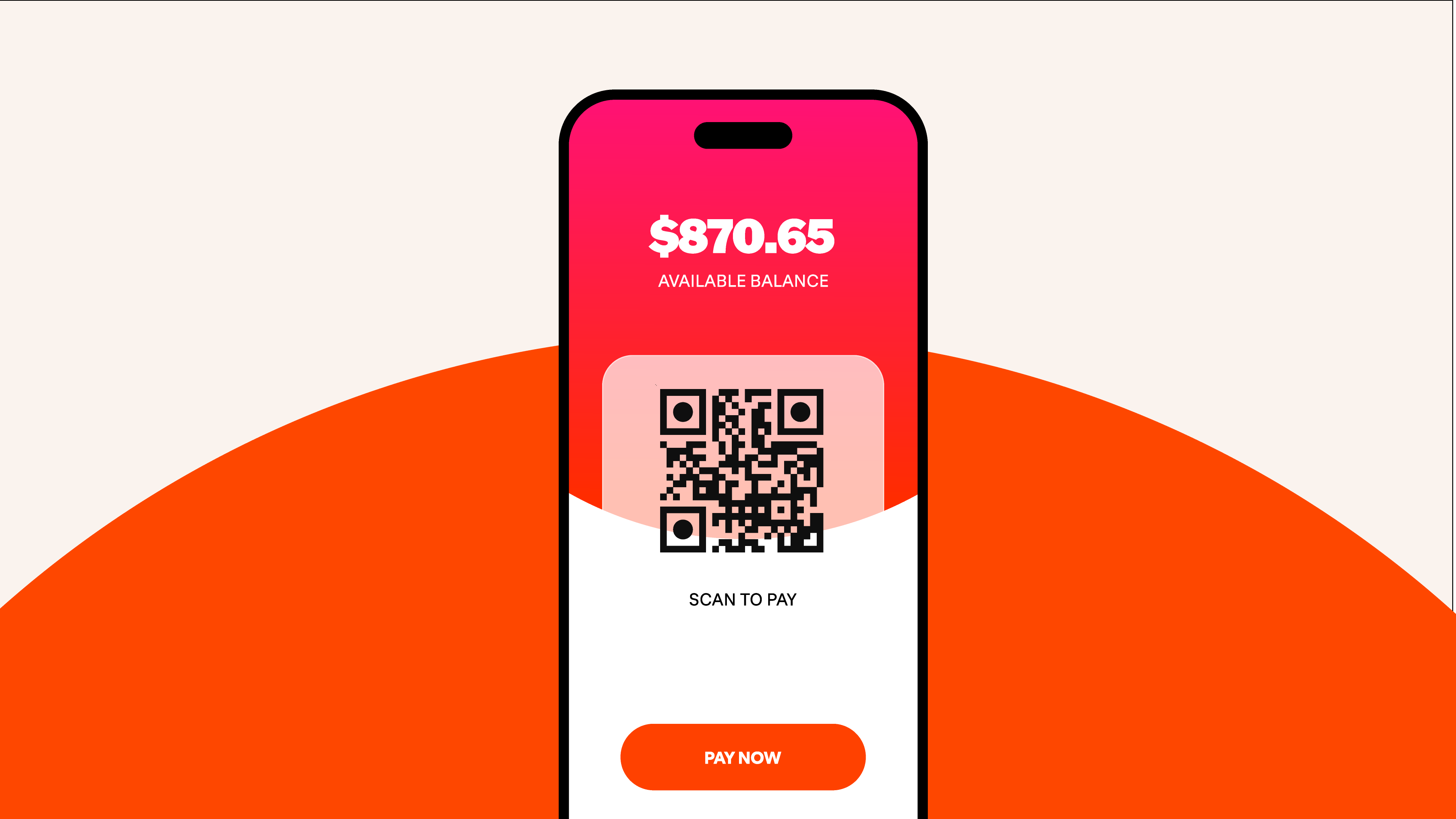
Alternative payment methods, such as real-time payments have become a critical aspect of the COVID-19 response, as they allow for quick and seamless transactions between businesses and consumers. As a result, companies that are already using mobile wallets have the opportunity to expand their business by incorporating real-time payments into their operations.
The rise of real-time payments has led to the decline of mobile wallets in developed markets, where consumers are demanding faster and more seamless payment options. In this article, we will explore everything you need to know about RTP and the lessons learned from developed markets as RTP increasingly displaces mobile wallets.
What are Real-Time Payments?
Real-time payments refer to payment solutions that enable the immediate transfer of funds from one bank account to another. Unlike traditional payment methods such as wire transfers or ACH transfers, real-time payments settle within seconds, enabling faster and more efficient transactions.
RTP solutions can be used for a wide range of payments, including person-to-person (P2P), business-to-business (B2B), and government-to-citizen (G2C) payments.
With the increasing availability and adoption of real-time payment (RTP) systems in developed markets such as the US, UK, and Europe, evidence suggests that consumers may bypass mobile wallets altogether and embrace RTP as their preferred payment method. This trend is already underway in Brazil and India, where the introduction of the Instant Payment Ecosystem (PIX) and Unified Payment Interface (UPI) has seen rapid uptake.
A report by the global provider of electronic payment and banking solutions, ACI Worldwide, revealed that over 140 million Brazilian used PIX in 2022, and the number of transactions reached 24 billion surpassing the combination of credit, debit, and pre-paid.
While a data source report from the National Payments Corporation of India (NPCI) also revealed that in 2022, the total number of UPI transactions surged by 91.11% YoY, with the value of the UPI transactions experiencing a YOY increase of 74.83%.
Why are Real-Time Payment Solutions Gaining Traction? Benefits
In developed markets, RTP solutions are gaining traction due to the following reasons:
1. Speed
RTP solutions settle within seconds, making them much faster than the traditional payment methods. This speed is critical for businesses and consumers who require immediate access to funds.
2. Convenience
RTP solutions are so seamless, as they can be accessed through various channels, including mobile banking apps, online banking portals, and payment gateways. This convenience makes RTP solutions an attractive alternative to traditional payment methods, which can be cumbersome and time-consuming.
3. Security
RTP solutions are highly secure, as they use advanced encryption technologies to protect user data and transactions. This security is critical for businesses and consumers who need to ensure that their financial transactions are safe and secure.
4. Lower Costs
RTP solutions are often less expensive than traditional payment methods, as they eliminate many of the intermediaries involved in traditional payment processing. These cost savings can be significant for businesses and consumers who process large volumes of transactions.
Why are Mobile Wallets Losing Traction? Disadvantages
Mobile wallets are losing traction due to the following reasons:
1. Limited Acceptance
Mobile wallets are often limited in acceptance, as not all merchants and businesses accept mobile payments. This limited acceptance can be frustrating for users, who may need to carry multiple payment methods to complete transactions.
2. Security Concerns
Mobile wallets are often seen as less secure than traditional payment methods, as they can be susceptible to hacking and fraud. This security concern has led many users to opt for more secure payment methods, like RTP solutions.
3. Limited Functionality
Mobile wallets are often limited in functionality, as they may not support certain payment types or may have restricted transaction limits. This limited functionality can hinder adoption for businesses and consumers who require more advanced payment solutions.
Lessons from Developed Markets
The adoption of RTP in developed markets has been slow but steady. The UK's Faster Payments Service (FPS) was launched in 2008, followed by SEPA Instant in Europe in 2017. The US is set to launch its own RTP system called FedNow in 2023. These systems have shown that RTP is a viable alternative to traditional payment methods and can coexist with mobile wallets. However, as RTP adoption increases, mobile wallets may become less relevant.
The Future of Real-Time Payments
The future of real-time payments is bright, with continued growth and innovation expected in the years ahead. Here are some of the key trends that are likely to shape the future of real-time payments:
- Increased adoption: As more companies and consumers become aware of the benefits of real-time payments, adoption is likely to continue to grow. These could lead to increased competition and innovation in the real-time payments space.
- Expansion of use cases: Real-time payments are currently used primarily for peer-to-peer transfers and bill payments, but they have the potential to be used for a wide range of other use cases, such as payroll, insurance claims, and more.
- Integration with other technologies: Real-time payments will likely be integrated with other emerging technologies, such as blockchain and artificial intelligence, to provide even greater efficiency and security.
- Regulatory changes: As real-time payments become more prevalent; there may be increased regulatory scrutiny and changes to ensure consumer protection and privacy.
- Global standardization: The development of global standards for real-time payments could facilitate cross-border transactions and further expand the reach and impact of real-time payments.
Conclusion
The rise of real-time payments has led to the decline of mobile wallets in developed markets. Consumers are demanding faster and more seamless payment options, and real-time payments have proven to be the solution.



.jpg)

.png)


.png)






